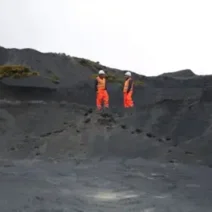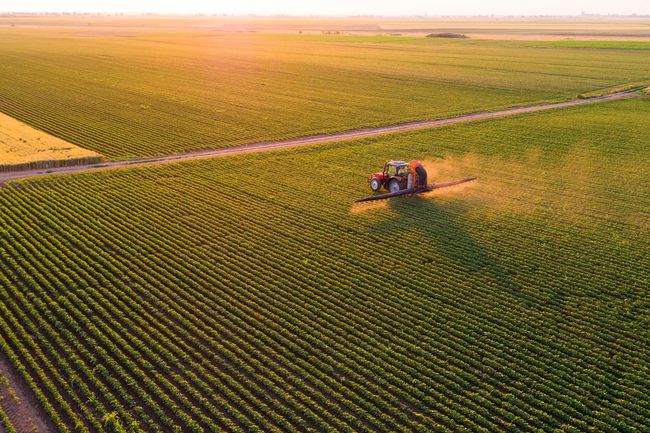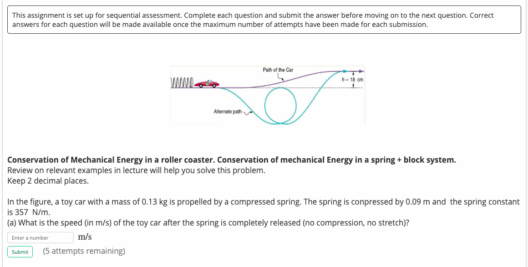The confluence of agriculture and global warming is a burgeoning concern that not only affects farmers but inevitably reverberates through our dining tables. As climate change accelerates, it is imperative to scrutinize how agricultural practices and adverse weather patterns are reshaping the food industry in unprecedented ways. From the sustainability of crops to the cost of food items, the reverberations of global warming are palpable and demand attention.
First, let us elucidate the mechanisms by which global warming manifests its influence on agriculture. The rise in temperatures is the most apparent consequence, creating an environment that is no longer conducive to traditional farming practices. Increased heat can lead to crop stress, diminishing yield potential. For instance, staple crops such as wheat, maize, and rice have shown vulnerability to temperature extremes. Beyond mere yield, the nutritional quality of these crops is at stake as well. Higher levels of carbon dioxide, a hallmark of global warming, can increase carbohydrate content while reducing essential nutrients, including zinc and iron—a definitive dilemma for global food security.
Moreover, erratic weather patterns further exacerbate agricultural challenges. Irregular rainfall and the increased frequency of droughts and floods create a precarious situation for farmers. The fallout is twofold: not only do these extreme conditions threaten immediate crop viability, but they also jeopardize the long-term sustainability of farming practices. Droughts, particularly, not only reduce crop productivity but can lead to soil degradation, a condition that could take decades to rectify. Fields that were once fertile can become barren wastelands, a stark reminder of nature’s delicate balance.
The implications for livestock are equally severe. A shift in temperature affects the health and breeding cycles of animals. Heat stress in cattle can lead to lower milk production and reduced fertility. Furthermore, shifting climatic patterns can introduce new diseases or pests that livestock have never encountered, creating unforeseen challenges in maintaining animal health and productivity. The challenge is compounded by the industry’s reliance on water; as droughts plague regions, the availability of clean water for livestock and irrigation dwindles, threatening the integrity of food supplies.
The economic ramifications of these climatic shifts can hardly be overstated. Agriculture is not merely about growing food; it is a complex web of economics, trade, and livelihoods. When crop yields diminish due to adverse climate conditions, not only do farmers face dwindling income, but consumers also experience rising prices. An increase in commodity costs can lead to higher prices on supermarket shelves, making nutritious food less accessible for all but the wealthiest households. This raises the specter of food inflation—where feasible, nutritious options become luxuries available only to a select few, while the vast majority may have to grapple with a less varied and unhealthy diet.
Further complicating this scenario are the innovative advancements in technology and their potential role in mitigating these impacts. Precision agriculture, which utilizes data analysis, drones, and satellite imagery, can optimize farming practices and increase efficiency. Such technology can enable farmers to adapt to changing conditions by applying resources more judiciously. However, this required shift is not universally accessible—many smallholder farmers in developing nations lack the resources or training to implement these new technologies effectively. This unequal distribution of technology could widen the gap between affluent and impoverished farming communities, deeming those without access more vulnerable to the whims of climate change.
Additionally, the food industry’s approach to sustainability has taken on renewed urgency. Organic farming practices, crop rotation, and regenerative agriculture are promising methodologies that focus on replenishing the soil rather than depleting it. These practices could sequester carbon in the soil, helping to mitigate climate change while promoting healthier food systems. Nevertheless, in a world driven by immediacy, the transition to regenerative practices requires significant time and investment—factors often overlooked in the rush for profit.
Public awareness and engagement are paramount in the face of these challenges. As consumers, understanding the impacts of our food choices can shift industry standards. Advocating for local and environmentally sustainable products not only supports responsible farming practices but also diminishes the carbon footprint associated with transporting food over long distances. Each choice we make as consumers resonates throughout the agricultural sector, potentially triggering a shift towards more sustainable practices industry-wide.
Community support and collaboration are also pivotal in addressing these global issues. Local organizations can mobilize resources, education, and advocacy to empower farmers and consumers alike. This collaborative effort fosters resilience in the face of climatic adversities and encourages adaptation to an evolving landscape. As communities come together to confront these issues, they can cultivate a more sustainable food system that underscores environmental stewardship.
In conclusion, the intricacies of global warming’s impact on agriculture and, consequently, the food industry are profound. From diminished yields and escalating food prices to evolving farming practices and consumer choices, the ramifications are extensive. It is imperative that we collectively engage with these challenges, advocating for innovation, sustainability, and awareness. Our plates are indeed a reflection of the environment; understanding this connection is the first step towards arming ourselves with the knowledge necessary to make informed choices, ensuring food security and environmental integrity for generations to come. The future of our food systems hinges on our response to the pressing realities of climate change; the time to act is now.






